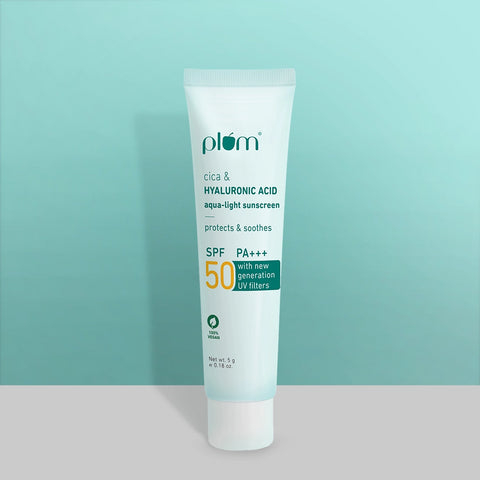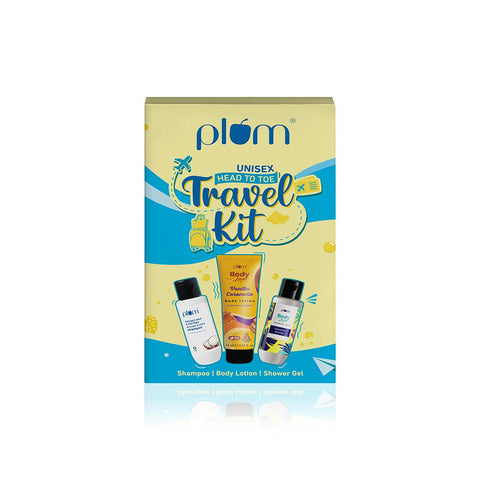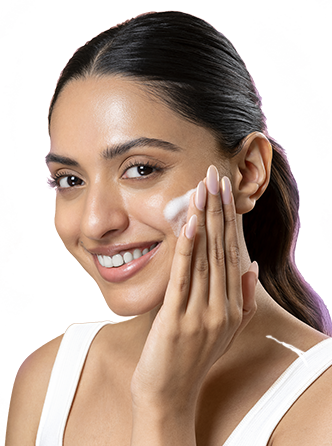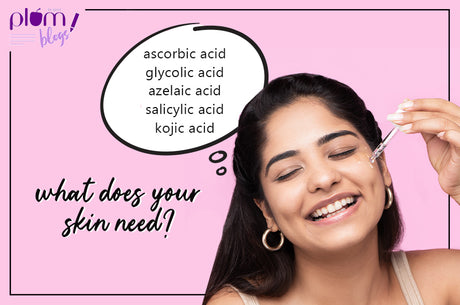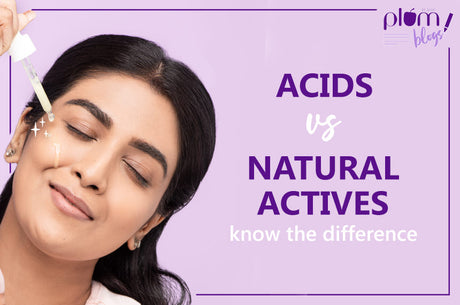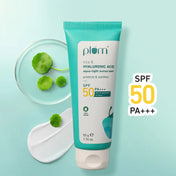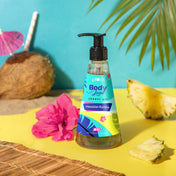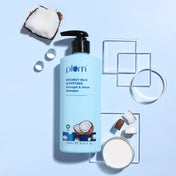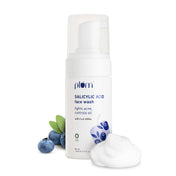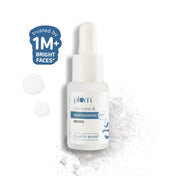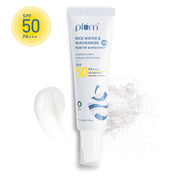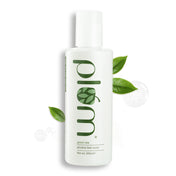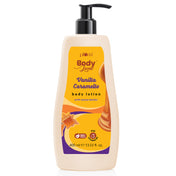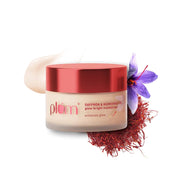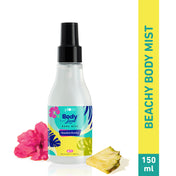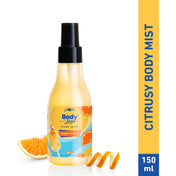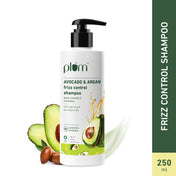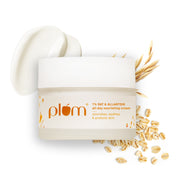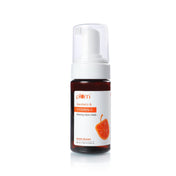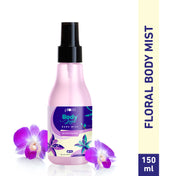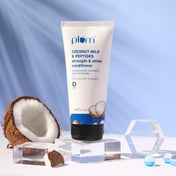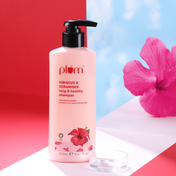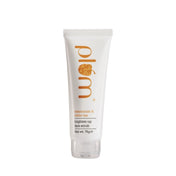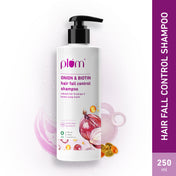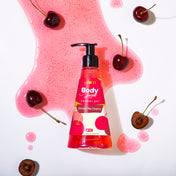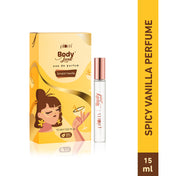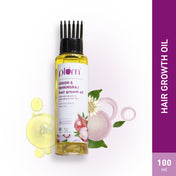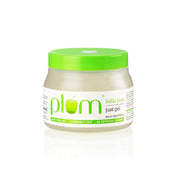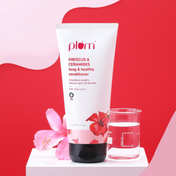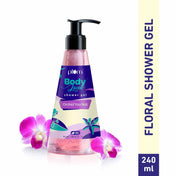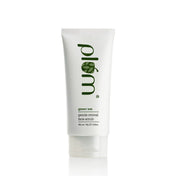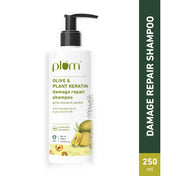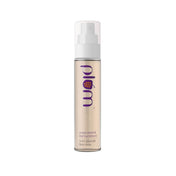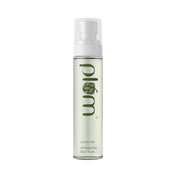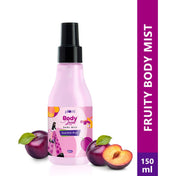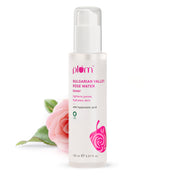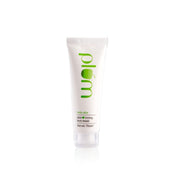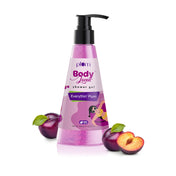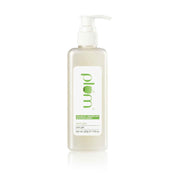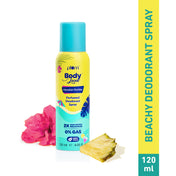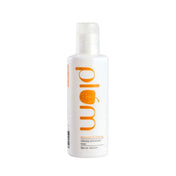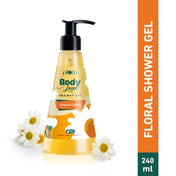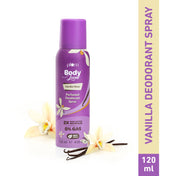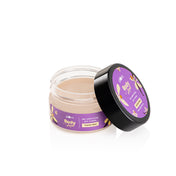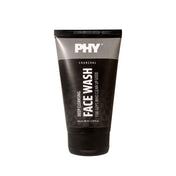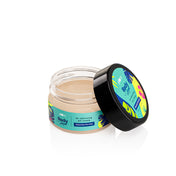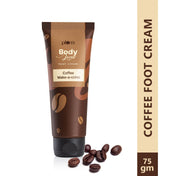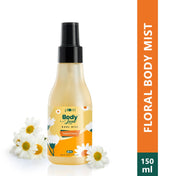 Hi! Been some time since our last post – and we have a valid excuse. We’ve been busy with our products, which should be ready any time soon. Thank you for all your love and support, and patience. Today’s post is on DEA – or diethanolamine. This is one compound we say “no” to. Find out why.
Hi! Been some time since our last post – and we have a valid excuse. We’ve been busy with our products, which should be ready any time soon. Thank you for all your love and support, and patience. Today’s post is on DEA – or diethanolamine. This is one compound we say “no” to. Find out why.
Research knowledge about DEA has been a challenge to manufacturers of cosmetic products as the compound has been reported to be hazardous through tests with experimental animals and in some cases, humans.
What is DEA?
DEA (di-ethanolamine) is an ethanolamine compound that often finds its way into our daily life by means of its incorporation into some consumer products, such as shampoos, cosmetics, and pharmaceuticals. It functions as a pH adjuster and is used to counteract the acidity of other ingredients.
Why it should be avoided
Even though limited research has been carried out on the effect of long-term use of DEA on human health, studies have proven that the compound can be responsible for causing liver tumor and that it also has adverse effect on the kidney, central nervous system and the blood when tested in laboratory animal. Of course, it will be unwise to stick to the use of consumer products that contain DEA just because it has not been so proven with humans. The fact that it has been proven in our biological test agents (laboratory animals such as mice) shows us every possibility of having same effect if tested over a long period in humans. However, short-term effects of this compound in humans are already evident and they include irritation of the throat and nose on inhalation and skin irritation on dermal exposure.
Who raises eyebrows?
- Nitrosamines have been prohibited on Health Canada's Cosmetic Ingredient Hotlist.
- The European Union classifies Diethanolamine as harmful due to the danger of serious damage it causes to health after prolonged exposure.
- The European Union Cosmetics Directive controls the concentration and use of both cocamide and lauramide DEA in cosmetic products, and also limits the maximum concentration of nitrosamine in products that contain these ingredients.
- The National Toxicology Program (NTP) testified an increase in the incidence of liver and kidney tumors in mice following dermal exposure to DEA.
Other spontaneous problems
Di-ethanolamine compounds have been found to react with nitrites (which is common in cosmetic products) to yield nitrosamines. Nitrites sometimes are added to cosmetic products to act as anti-corrosive and may also find their way into consumer products as contaminants. Formation and inclusion of nitrite may also be as a result of degradation of chemical constituents of certain preservatives used in cosmetic products. Such chemicals may release nitrites on exposure to air. The International Agency for Research on Cancer after several studies have reported that nitrosamines are possible human carcinogens. Research with laboratory animals and humans have shown that there are many nitrosamines causing cancer and they have been reported to be able to penetrate the skin.
How do I avoid DEA and related compounds?
DEA is actually quite simple to look for – look for diethanolamine. There’s a closely related compound – triethanolamine, which is absolutely safe to use, even though there are people who think it can give rise to DEA in products. Even so, we are hunting for replacements for triethanolamine as well, in keeping with our “no doubts” philosophy. You can read about our ingredient policy here.
Cheers & be good!



